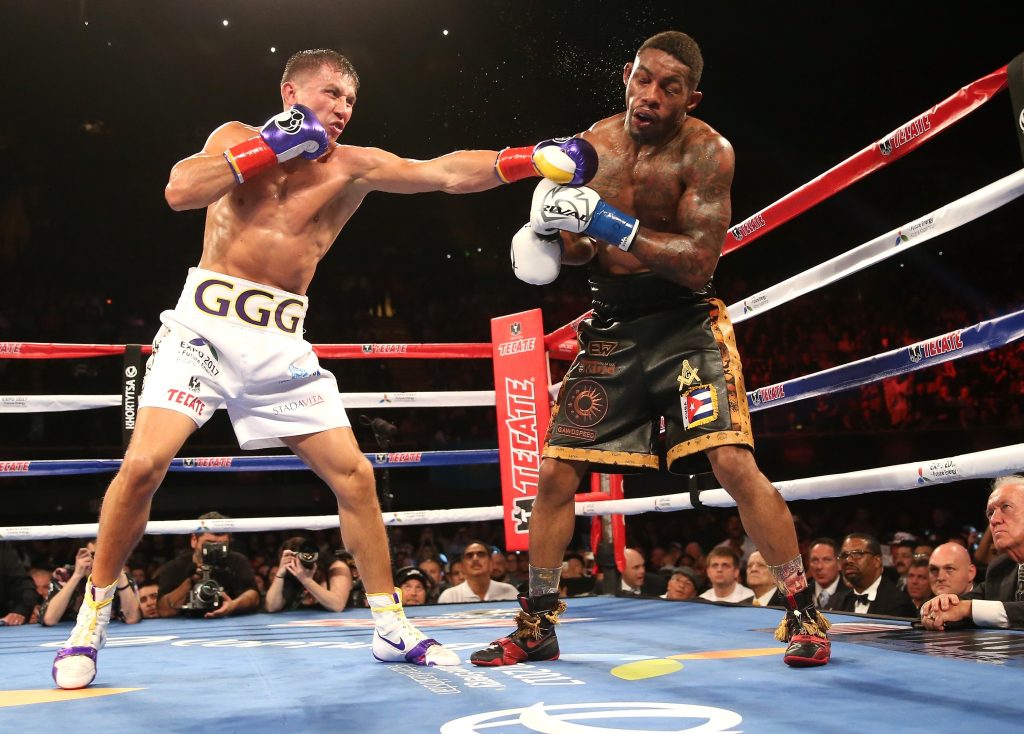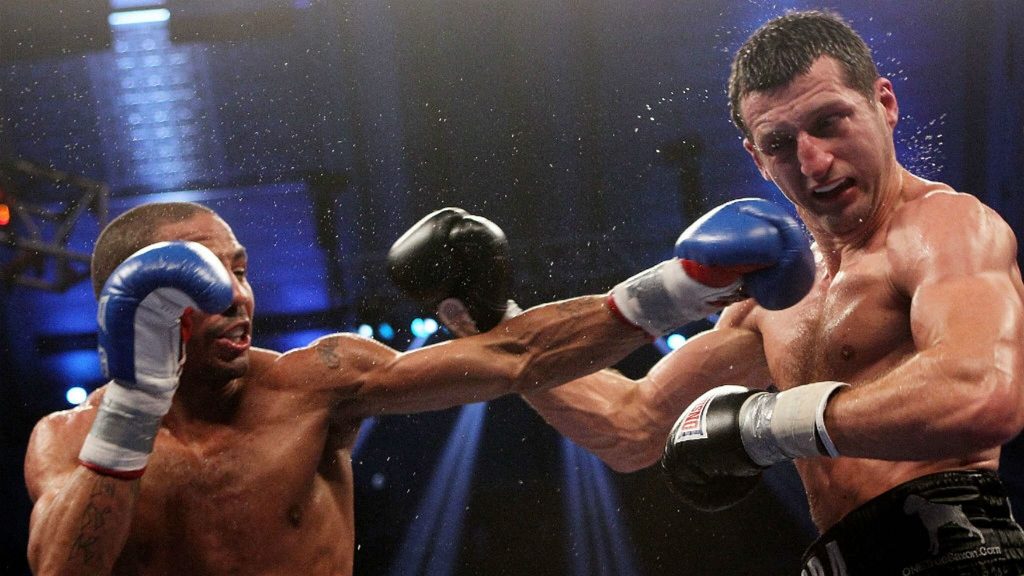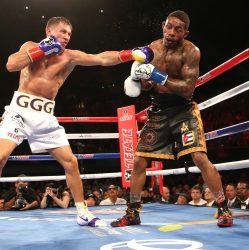The jab is the most effective and important weapon in the boxer’s arsenal, and although it may seem like an easy punch to perform, it is in fact, one that requires considerable practice and a high degree of skill. When thrown correctly, the jab is a serious of synchronised movements involving feet, legs, trunk and arm. The mechanics of the punching action includes the obvious movements of the upper extremities as well as the not so obvious movements of the trunk and lower body. However, it is these less obvious movements of the lower body that contribute greatly to the production of the punch, and the part of the technique that needs to be learned from the start.

Renowned sports scientist, Professor Yuri Verkhoshansky, and his colleagues, writing in the Soviet Sports Review, reported that the muscle groups contributing to the jab are 39% leg, 37% trunk and 24% arm. Indicating that the trunk and lower extremities account for 76% of the effort required to deliver the punch. The jab is initiated from the on-guard position, with the boxer’s feet approximately shoulder width apart and body weight evenly distributed from front to rear. The front foot is flat on the floor with the front leg slightly flexed at the knee. The heel of the real foot is off the floor, supporting the rear flexed knee. The rear foot is offset at an angle of approximately 90o and the trunk is turned sideways in a natural alignment with the feet. The hands are held high in a relaxed position.
While Dr Yuri Koryak, in a study to assess neuromuscular speed and speed-strength in boxers, stated that the “punching process begins with a neurological impulse in the great toe”. An action that results in plantar flexion of the rear foot, which enables the boxer to push off and extend the rear leg, allowing the hips to rotate around the vertical axis. The action of the hips, trunk and shoulder girdle act as “wheel and axle” mechanisms about the supporting hip joint. The upper extremity is used as a lever system consisting of shoulder flexion and elbow extension, with the punch thrown in a straight line so the fist has a smaller linear displacement.

Boxing is a technical sport, and the jab is only one of many punching techniques that must be learned. Likewise, for every punch thrown there are many defensive techniques and movements that must be mastered for boxers to protect themselves. Skill acquisition is a long and drawn out process that can take months and even years to reach the autonomous stage.
Words: Ian McHarg
Images: Public Domain

